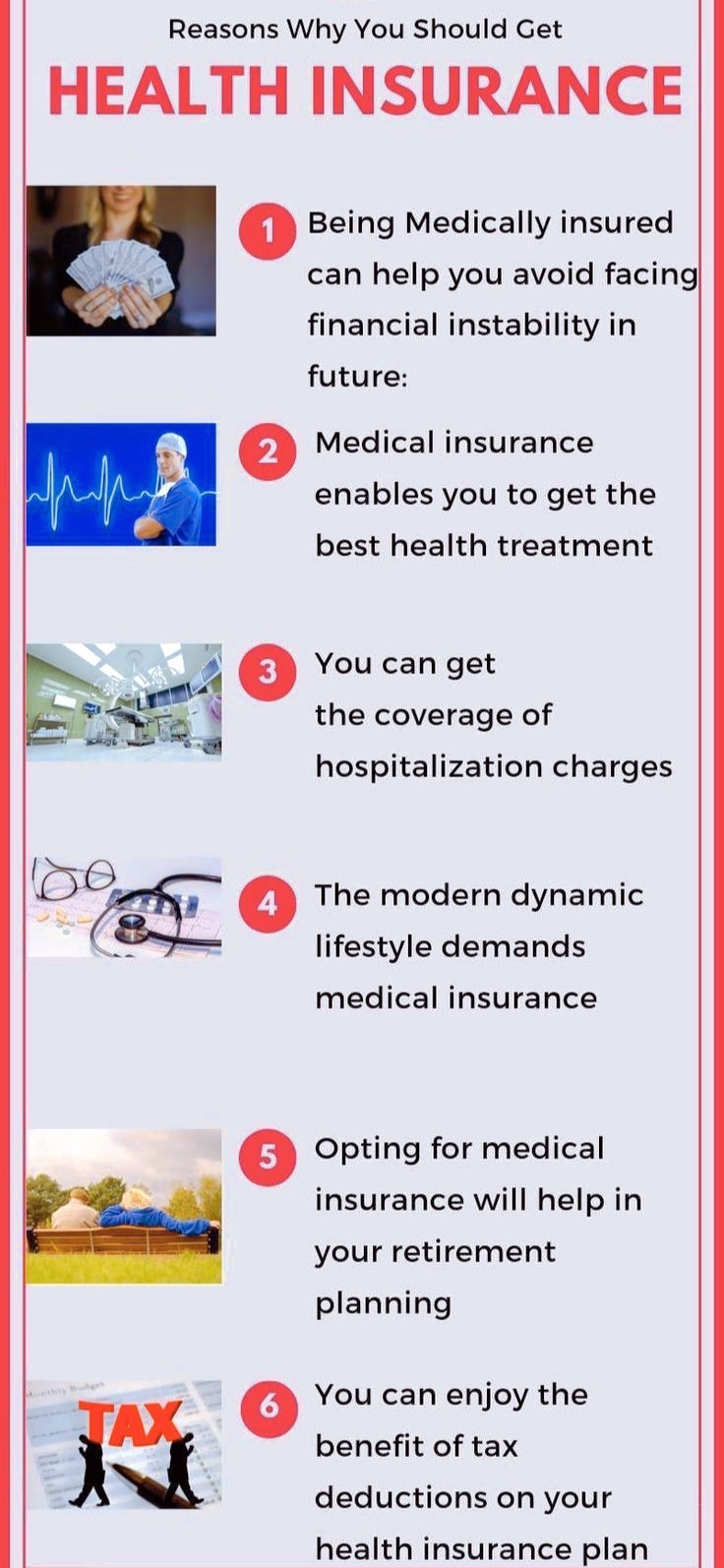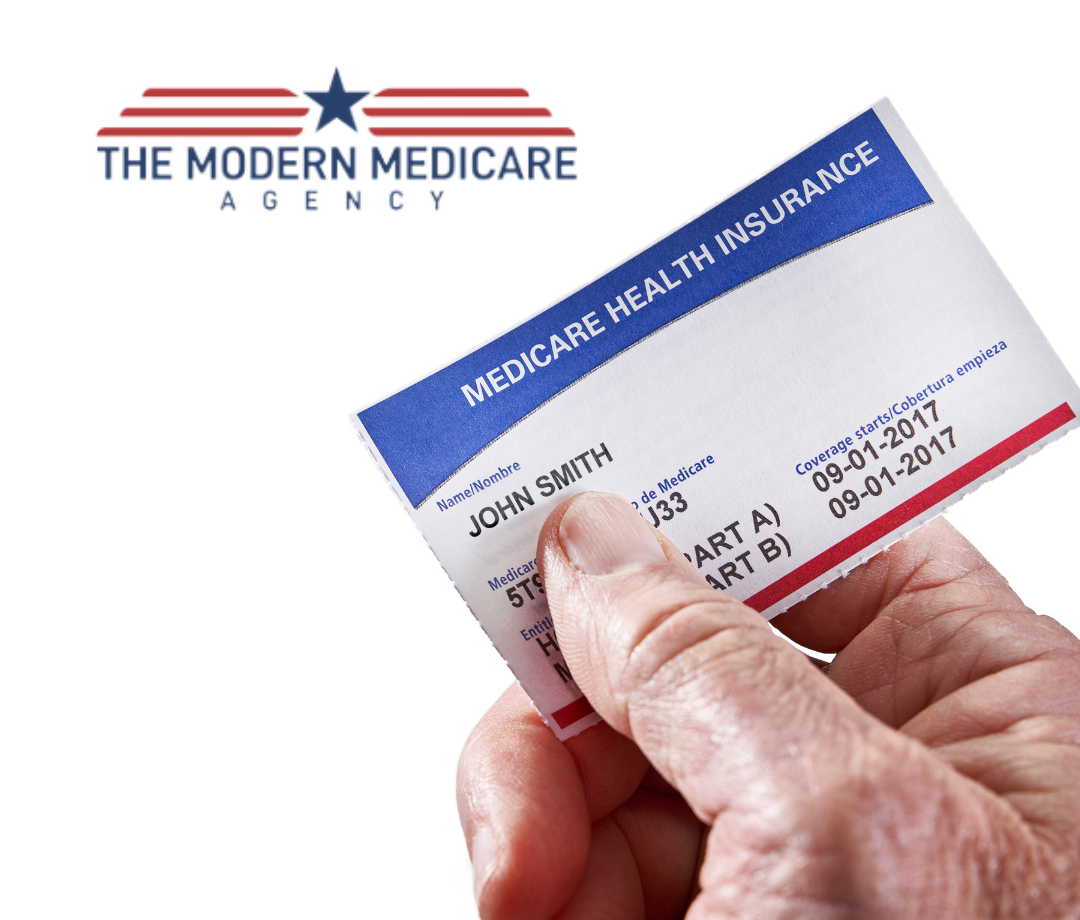The Single Strategy To Use For Medicare Advantage Agent
Table of ContentsOur Medicare Advantage Agent StatementsSome Known Incorrect Statements About Medicare Advantage Agent Medicare Advantage Agent - Questions


follows from confusing the perplexing young reasonably profile of the uninsured with the better health, wellness average, of younger personsMore youthful For those without access to workplace health insurance policy, poor health and wellness is a prospective obstacle to acquiring nongroup insurance coverage since such insurance coverage might be extremely priced, omit preexisting conditions, or be just inaccessible. Unless or else kept in mind, national quotes of people without health insurance policy and percentages of the population with different kinds of protection are based on the CPS, the most extensively utilized resource of quotes of insurance protection and uninsurance prices.

The smart Trick of Medicare Advantage Agent That Nobody is Talking About
Over a three-year period beginning early in 1993, 72 million people, 29 percent of the united state population, were without protection for a minimum of one month. Within a solitary year(1994), 53 million individuals experienced at the very least a month without insurance coverage(Bennefield, 1998a). Six out of every ten uninsured grownups are themselves employed. Functioning does enhance the probability that one and one's household participants will have insurance, it is not an assurance. Even participants of family members with two permanent wage income earners have almost a one-in-ten chance of being uninsured (9.1 percent uninsured rate)(Hoffman and Pohl, 2000 ). The connection between health insurance and access to care is well developed, as documented later in this phase. The relationship between wellness insurance policy and wellness outcomes is neither straight neither easy, a comprehensive medical and health and wellness services research literature web links health insurance policy protection
to improved enhanced to care, better much better, and improved personal and population health statusCondition The 2nd report, on individual health and wellness results for without insurance adults, is stood for by the inner circle of the figure, while the third record, on household well-being, encompasses the topics of the 2nd record but stresses a various unit of evaluation, namely, the family. The sixth report in the series will offer details about techniques and initiatives undertaken in your area, statewide, or nationally to attend to the lack of insurance and its adverse effects. Degrees of analysis for analyzing the results of uninsurance. This discussion of health and wellness insurance protection focuses mostly on the U.S. populace under age 65 because virtually all Americans 65 and older have Medicare or various other public coverage.
It concentrates specifically on those without any health and wellness insurance policy for any kind of length of time. The issues encountered by the underinsured are in some respects similar to those faced by the uninsured, although they are typically much less serious. Uninsurance and underinsurance, nonetheless, include clearly various plan issues, and the strategies for resolving them might vary. Throughout this research study and the five records to follow, the main focus gets on individuals without medical insurance and hence no aid in paying for wellness care past what is offered through charity and safety net institutions. Health and wellness insurance is an effective aspect impacting receipt of care because both patients and medical professionals respond to the out-of-pocket cost of solutions. Health and wellness insurance, nevertheless, is neither necessary nor sufficient to access to clinical solutions. However, the independent and Discover More Here direct impact of health and wellness
insurance policy coverage on accessibility to health solutions is well established. Others will certainly obtain the health care they need also without medical insurance, by spending for it expense or seeking it from service providers that supply treatment totally free or at extremely subsidized rates. For still others, medical insurance alone does not make certain invoice of care as a result of various other nonfinancial barriers, such as a lack of healthcare service providers in their community, limited accessibility to transportation, illiteracy, or linguistic and social differences. Official study about without insurance populations in the United States dates to the late 1920s and early 1930s when the Board on the Expense of Healthcare generated a series of records regarding funding medical professional workplace visits and hospital stays. This problem ended up being significant as the varieties of clinically indigent climbed during the Great Clinical depression. Empirical researches continually support the link in between accessibility to care and boosted health and wellness end results(Bindman et al., 1995; Starfield, 1995 ). Having a routine resource of treatment can be thought about a predictor of access, as opposed to a direct action of it, when health and wellness results are themselves used as accessibility indicators. This expansion of the idea of gain access to dimension was made by the IOM Committee on Keeping An Eye On Accessibility to Personal Health And Wellness Care Solutions(Millman, 1993, p. Whether or not moms and dads are guaranteed appears to influence whether or not their kids obtain treatment as well as just how much careeven if the children themselves have insurance coverage(Hanson, 1998). The health of parents can impact their capability to look after their kids and the degree of family stress. Stressing over their kids's access to care is itself a resource of stress and anxiety for parents. 3 chapters comply with in this report. Chapter 2 provides an overview of just how employment-based health and wellness insurance policy, public programs and individual insurance coverage operate and connect to offer substantial but incomplete insurance coverage of the U.S. populace. This includes a testimonial of historic patterns and public laws affecting both public and personal insurance coverage, a conversation of the interactions amongst the different kinds of insurance, and an examination of why people relocate from one program to one more or wind up
